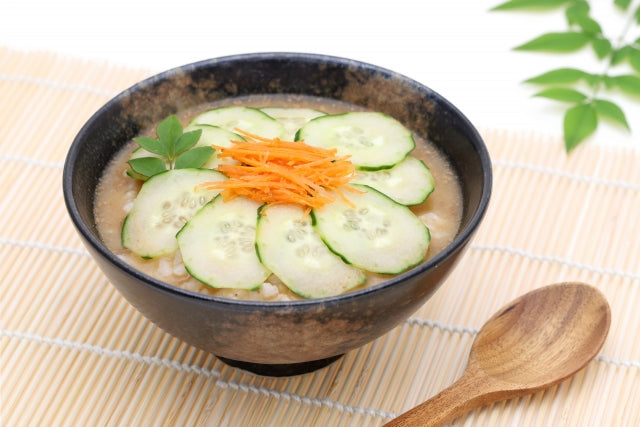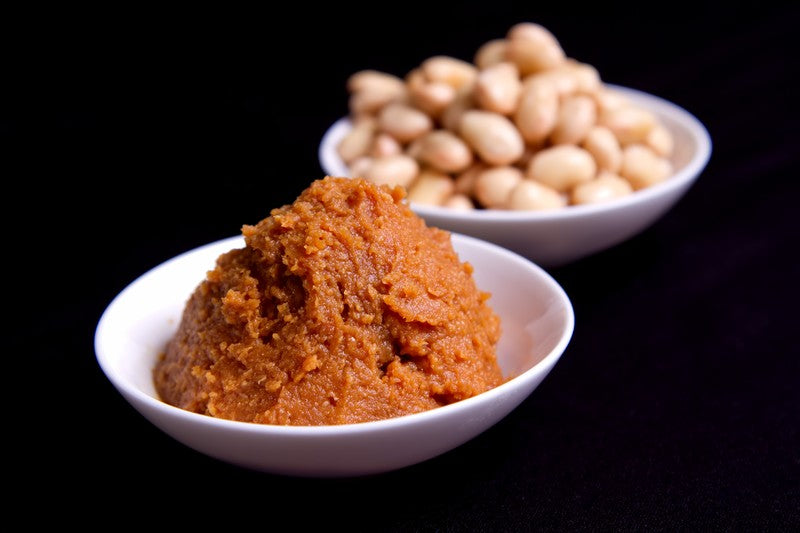MISO JOURNAL

“Koji” is indispensable for making miso. Aspergillus oryzae, designated as a "national fungus" unique to Japan, is an important entity that brings out the umami and sweetness of ingredients. In addition, "kojic acid" contained in koji is also attracting attention as a whitening ingredient that prevents spots. We will introduce the relationship between koji and miso, the beautiful skin effect, and the koji used by MISOVATION.
Continue reading

This is the time when it is easy to get sick in the body, such as the heat of summer and the cold due to air conditioning. The heat wave continues this year in various places, and heat stroke is also a concern. We will introduce why miso soup is recommended as a countermeasure against such heatstroke and summer fatigue. We will also explain the recommended points of MISOVATION that are perfect for summer.
Continue reading

Miso can be classified into various types according to the type of koji, the difference in taste, and the difference in color. By knowing the characteristics of each type, you can try changing the type of miso to suit your cooking and mood. We will also introduce the manufacturing method of miso that MISOVATION is particular about.
Continue reading

Today, about one in three Japanese people have high blood pressure. However, recent research has clarified that the salt contained in miso does not affect the rise in blood pressure, and that miso actually has the effect of preventing high blood pressure. Introducing the new common sense about miso.
Continue reading

Miso, which has supported the Japanese diet for a long time, is now attracting renewed attention from around the world as an excellent fermented food unique to Japan. We will touch on miso, which is familiar but surprisingly unknown, from the perspective of nutrition and effects, and introduce why MISOVATION is particular about "miso soup".
Continue reading

